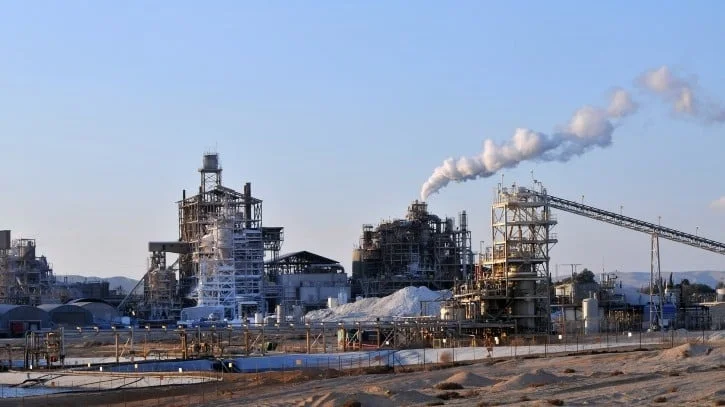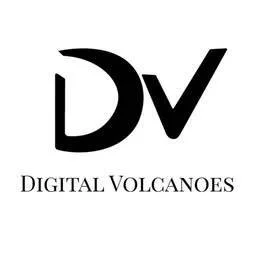Introduction
Rock phosphate, also known as phosphorite, is a naturally occurring sedimentary rock that contains high concentrations of phosphate minerals. Primarily composed of calcium phosphate (apatite), it is the raw material used in the production of phosphoric acid and phosphate-based fertilizers. Rock phosphate is typically mined from deposits found in countries like Morocco, China, the U.S., and Jordan. It plays a critical role in agriculture by enriching soil fertility and supporting crop yields. Apart from agriculture, it is also used in animal feed supplements, detergents, and certain industrial processes. The quality and usability depend on its phosphate content and levels of impurities.
The global rock phosphate industry is driven by rising food demand, which fuels the need for phosphate fertilizers to enhance agricultural productivity. Population growth and shrinking arable land further amplify fertilizer demand. Emerging economies, especially in Asia and Africa, are experiencing rapid agricultural expansion, boosting phosphate consumption. Additionally, sustainable farming practices are encouraging the use of natural phosphate sources, including direct application of rock phosphate in acidic soils. Technological advancements in mining and beneficiation are also improving recovery rates and reducing environmental impact. However, limited global reserves and geopolitical tensions, especially involving major exporters like Morocco and China, are creating supply uncertainties. Governments are promoting domestic fertilizer industries to reduce import dependence, influencing global trade dynamics. Environmental regulations related to mining and fertilizer runoff are pushing companies toward cleaner and more efficient production methods.
Project Scope and Overview
IMARC’s new report titled “Rock Phosphate Manufacturing Plant Project Report 2025: Industry Trends, Plant Setup, Machinery, Raw Materials, Investment Opportunities, Cost and Revenue,” provides a complete roadmap for setting up a rock phosphate manufacturing plant. The study covers all the requisite aspects that one needs to know while entering the rock phosphate industry. It provides a comprehensive breakdown of the rock phosphate manufacturing plant setup cost, offering detailed insights into initial capital requirements and infrastructure planning. This report is a must-read for entrepreneurs, investors, researchers, consultants, business strategists, and all those who have any kind of stake in the rock phosphate industry. Additionally, the report analyzes the rock phosphate manufacturing plant cost, helping stakeholders evaluate the overall financial feasibility and long-term profitability.
Manufacturing Process and Technical Workflow
This report offers detailed information related to the process flow and the unit operations involved in a rock phosphate manufacturing plant project. Moreover, information related to raw material requirements and mass balance has further been provided in the report with a list of necessary technical tests as well as quality assurance criteria.
Aspects Covered
- Product Overview
- Unit Operations Involved
- Mass Balance and Raw Material Requirements
- Quality Assurance Criteria
- Technical Tests
Request for a Sample Report: https://www.imarcgroup.com/rock-phosphate-manufacturing-plant-project-report/requestsample
Infrastructure and Setup Requirements
This section presents a comprehensive analysis of key considerations involved in establishing a rock phosphate manufacturing plant. It covers critical aspects such as land location, selection criteria, strategic significance of the site, environmental impact, and associated land acquisition costs. In addition, the report outlines the proposed plant layout along with the primary factors influencing its design. Furthermore, it provides detailed insights into various operational requirements and expenditures, including those related to packaging, utilities, machinery, transportation, raw materials, and human resources.
- Land, Location and Site Development
- Plant Layout
- Machinery Requirements and Costs
- Raw Material Requirements and Costs
- Packaging Requirements and Costs
- Transportation Requirements and Costs
- Utility Requirements and Costs
- Human Resource Requirements and Costs
Financial Projections and Economic Viability
This section provides a comprehensive economic analysis for establishing a rock phosphate manufacturing plant. It encompasses a detailed evaluation of capital expenditure (CapEx), operating expenditure (OpEx), taxation, and depreciation. Additionally, the report includes profitability analysis, payback period estimation, net present value (NPV), projected income statements, liquidity assessment, and in-depth examinations of financial uncertainty and sensitivity parameters.
- Capital Investments
- Operating Costs
- Expenditure Projections
- Revenue Projections
- Taxation and Depreciation
- Profit Projections
- Financial Analysis
Browse the Full Report with the Table of Contents: https://www.imarcgroup.com/rock-phosphate-manufacturing-plant-project-report
Key Considerations for Plant Design and Operations:
Production Capacity:
The selection of machinery and the design of the plant layout should be aligned with the intended scale of production, which may vary from small-scale operations to large industrial facilities. This alignment ensures optimal utilization of space, resources, and production capabilities.
Automation Levels:
The degree of automation should be adjusted based on factors such as labor availability, budget constraints, and the level of technical expertise. Options may range from semi-automated systems to fully automated solutions, allowing for flexibility in capital investment and operational efficiency.
Location Adaptation:
Plant location should be strategically selected to align with local market demand, ensure proximity to raw material sources, leverage available labor, and comply with regional regulatory requirements. These factors collectively contribute to improved operational efficiency and cost optimization.
Product Flexibility:
The plant should be equipped with processes and machinery capable of accommodating a variety of product specifications. This flexibility enables manufacturers to respond to diverse and evolving market demands effectively.
Sustainability Features:
Incorporating sustainable practices is essential. This includes the integration of renewable energy sources, implementation of efficient waste management systems, and use of energy-efficient machinery to meet environmental standards and long-term sustainability objectives.
Raw Material Sourcing:
The supply chain strategy should be customized to ensure reliable and cost-effective sourcing of raw materials. This approach should consider client-specific requirements and regional supply dynamics to maintain consistent production and manage input costs.
About Us:
IMARC Group is a leading global market research and management consulting firm. We specialize in helping organizations identify opportunities, mitigate risks, and create impactful business strategies.
Our expertise includes:
- Market Entry and Expansion Strategy
- Feasibility Studies and Business Planning
- Company Incorporation and Factory Setup Support
- Regulatory and Licensing Navigation
- Competitive Analysis and Benchmarking
- Procurement and Supply Chain Research
- Branding, Marketing, and Sales Strategy
Contact Us:
IMARC Group
134 N 4th St. Brooklyn, NY 11249, USA
Email: sales@imarcgroup.com
Tel No:(D) +91 120 433 0800
United States: +1-631-791-1145







